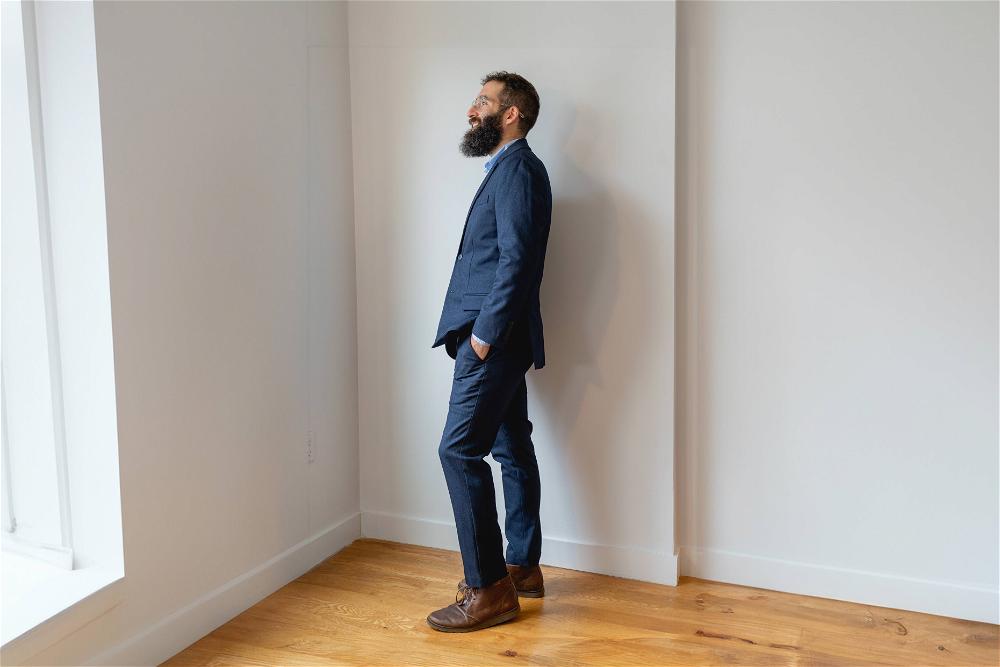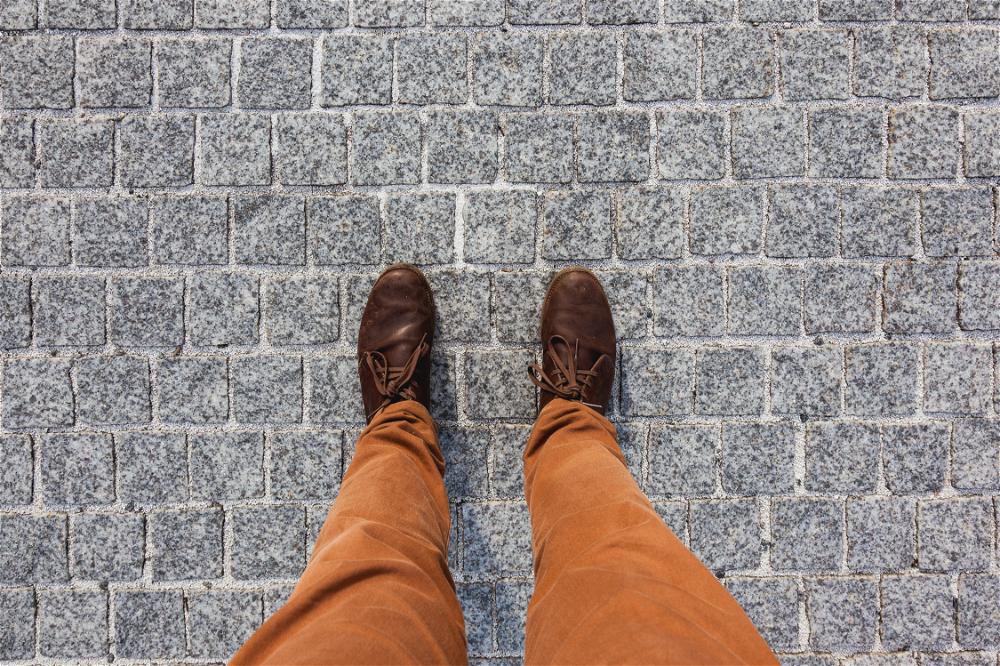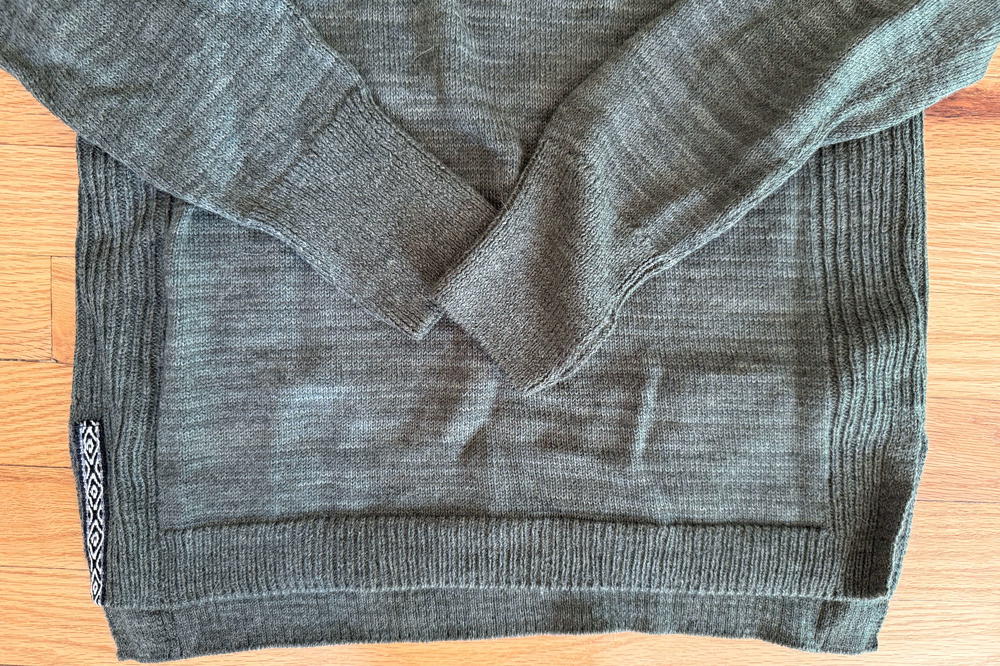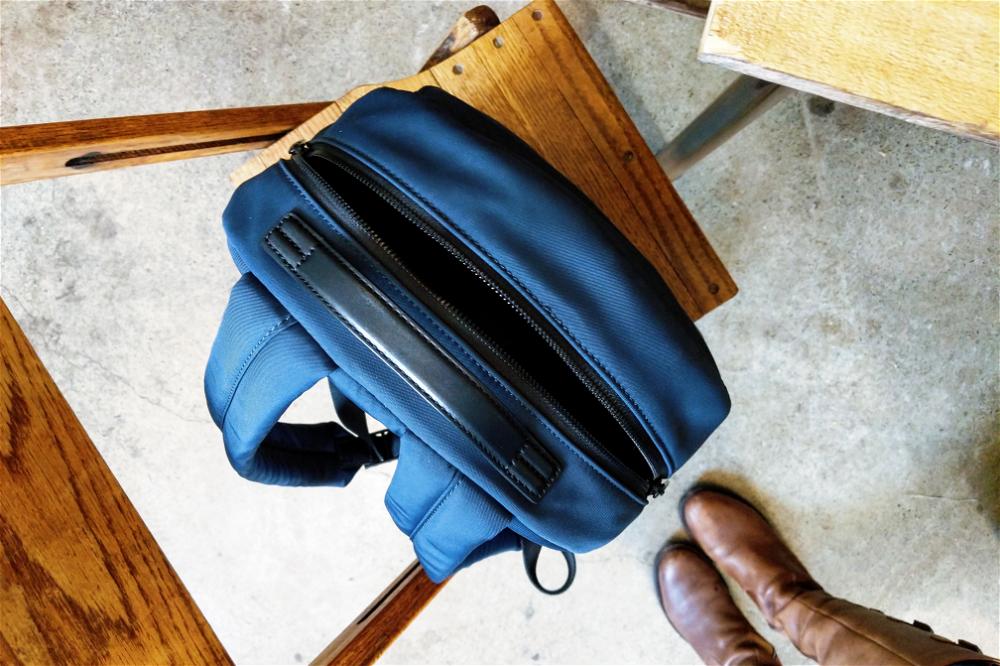Travel Suits Review Criteria

See how we score travel suits across detailed criteria with weighted ratings.
This article may contain affiliate links. We earn a small commissions when you purchase via those links — and it's free for you. It's only us (Becca & Dan) working on this website, so we value your support! Read our privacy policy and learn more about us.
Table of contents
- Scoring Overview
- Comfort against skin (9%)
- Fit, mobility & sizing accuracy (16%)
- Materials, durability & easy care (9%)
- Breathability & moisture management (8%)
- Temperature regulation (8%)
- Stretch, mobility & shape retention (10%)
- Functional details & suit construction (8%)
- Wrinkle resistance & packability (14%)
- Durability & construction quality (6%)
- Packability & weight (7%)
- Opacity & non-sheer performance (2%)
- Styling versatility (7%)
- Overall value for price (4%)
- Related Reviews
- Where to go next
This page details the specific criteria we use when reviewing travel suits. Each criterion has a weight that contributes to the overall score. Learn more about how our scoring system works.
Scoring Overview
Each criterion below is weighted as a percentage of the total score. We evaluate each product on a scale of 1 to 5 for every criterion, then multiply by the weight to calculate the final rating.
Comfort against skin (9%)
Suits introduce multiple potential irritation points that casual clothing doesn’t. I’m evaluating lining comfort, comparing full versus half versus unlined construction. I’m checking collar and lapel comfort since those sit against your neck all day. I’m testing waistband comfort in trousers, especially after sitting for hours. I’m assessing armhole comfort to see if the jacket restricts movement or feels smooth. I’m also evaluating seam feel when moving or sitting. Travel suits must stay comfortable during long flights and long workdays without making you want to change.
Fit, mobility & sizing accuracy (16%)
This is one of the most important categories for suits. Whether the piece lines up with the size chart and accommodates different builds. I’m evaluating shoulder fit accuracy, which is critical since it defines whether the jacket works at all. I’m checking chest and torso drape to see how the fabric hangs. I’m testing sleeve length accuracy since ride-up is a common issue. For trousers, I’m evaluating waist, rise, thigh room and inseam accuracy. I’m assessing mobility when reaching, lifting a bag or sitting. I’m also checking post-wash or post-flight fit changes. A travel suit must maintain a polished silhouette under stress, not just when standing still.
Materials, durability & easy care (9%)
This is where travel suits differentiate themselves from traditional suiting. I’m evaluating fiber blend, comparing poly and viscose blends, elastane, merino and technical wool options. I’m testing machine washability if applicable, since that’s a major selling point for travel suits. I’m checking odor resistance for multi-day wear. I’m assessing dry time after washing, especially hotel sink expectations. I’m evaluating pilling resistance over time. I’m testing colorfastness and fade resistance since travel suits get more sun exposure than office suits. I’m also checking ease of spot cleaning. Travel suits should be far less delicate than traditional suiting. We’re generous with care since we typically don’t put things in the dryer, but the care requirements still factor into the score.
Breathability & moisture management (8%)
Suiting fabrics behave differently than casual clothing. I’m evaluating ventilation through the weave, comparing how technical blends breathe versus traditional wool. I’m testing sweat management under arms and across the back. I’m checking clamminess resistance in humidity. I’m assessing comfort walking through airports and city streets. Performance suits handle humidity better than wool suits, and I’m scoring that difference. The question is how the fabric vents during movement without trapping heat and moisture.
Temperature regulation (8%)
Travel suits face unique temperature challenges. I’m evaluating comfort in AC-heavy offices versus walking outdoors in mild weather. I’m testing wind resistance, especially for unlined jackets. I’m checking layering flexibility with shirts and sweaters underneath. This matters especially for all-season travel suits that need to work in multiple climates. The question is whether the suit keeps you comfortable from chilly mornings to warm afternoons while handling temperature shifts throughout travel days.
Stretch, mobility & shape retention (10%)
This is critical for travel-focused suits. I’m checking jacket stretch for reach mobility when lifting luggage or reaching overhead. I’m testing trousers stretch for sitting long hours on flights. I’m evaluating elastic recovery after flights to see if the fabric bounces back. I’m assessing lapels and collar retaining shape over time. I’m checking for knee or seat bagging in trousers. Shape retention keeps the suit looking polished, not sloppy. The question is whether the suit returns to form after a long flight or day of wear without losing its professional appearance.
Functional details & suit construction (8%)
Suit pocket use is different from casual clothing. I’m evaluating interior security pockets for passport and card storage. I’m checking exterior pocket depth and usability. I’m testing button quality and security. I’m assessing vent style, comparing single versus double versus unvented options. I’m evaluating lapels, structure and overall construction quality. For trousers, I’m checking pocket profile to see if phones create bulging. Travel suits must balance function with a clean, professional aesthetic.
Wrinkle resistance & packability (14%)
This is one of the most important categories for travel suits. I’m evaluating wrinkle recovery after packing to see how quickly creases fall out. I’m testing resistance to creasing at elbows, lapels and knees. I’m checking ability to look good after being stuffed in a carry-on. I’m assessing overall fabric resilience. A travel suit must require minimal fuss. The question is how well the suit handles being stuffed into luggage and how quickly any creases fall out.
Durability & construction quality (6%)
Suits fail at specific points that deserve dedicated scoring. I’m evaluating seam strength since travel suits see more stress than office suits. I’m checking lining wear over time. I’m testing trouser seat abrasion from planes, trains and office chairs. I’m assessing button stitching quality. I’m evaluating shoulder structure longevity. Travel suits must handle more abuse than normal suits, so this gets scored separately from materials quality.
Packability & weight (7%)
This is vital for a travel suit. I’m evaluating whether it packs small without deforming. I’m testing whether jacket structure holds after rolling or folding. I’m checking lightweight fabric performance for carry-on packing. I’m assessing quick hang and recover performance to see how fast wrinkles fall out. I’m also evaluating overall weight since heavy suits take up valuable luggage space. The question is whether the suit compresses efficiently and recovers quickly.
Opacity & non-sheer performance (2%)
This isn’t always relevant, but it’s important for lightweight fabrics. I’m evaluating sheerness in bright light to see if the fabric becomes see-through. I’m testing lining opacity consistency. Travel suits must maintain opacity across all conditions, especially when you’re wearing them in warm weather with minimal layers underneath.
Styling versatility (7%)
Travel suits must bridge multiple formality zones. I’m evaluating business to business-casual to travel-evening adaptability. I’m testing how well it pairs with dress shirts, tees and travel shirts. I’m checking whether it works dressed up or dressed down. I’m assessing color and cut suitability for multiple settings. This is crucial for a suit meant for travel, not just office wear. The question is whether this suit works across different travel scenarios without looking out of place.
Overall value for price (4%)
Where does this land on price versus what you’re actually getting? I’m evaluating build quality, durability performance and ease of care. I’m testing longevity expectations. I’m comparing cost against competing travel suits. I’m assessing ethical manufacturing considerations. Build quality, performance, durability and warranty all factor into whether it’s worth the cost.
Related Reviews
Here are our reviews of travel suits that use these scoring criteria:
Where to go next
- Return to the Review Scoring System overview
- Go to our Gear Reviews for everything that we’ve reviewed.
- Contact us or work with us.
🎒 Found the right gear?
We research and test the gear we recommend, so you can pack with confidence. If our suggestions improved your gear picks, treating us to a coffee keeps the reviews coming.
Help us test more gearYou may also like
-
![]()
Vessi Waterproof Shoes: The Only Travel Shoes I’m Packing
I traveled with the Vessi waterproof shoes to combat unexpected rain and wet weather. See which styles I take along when I hit the road for adventure and why they are worth it to me.
-
![]()
15 Best Men's Travel Pants (Updated for 2025)
What are the best travel pants for men? I did the research to determine some of the most versatile, comfortable and functional travel pants.
-
![aer slim pouch on a marble table]()
Aer Slim Pouch Review: Minimalist Tech Organizer That Packs a Punch
The Aer Slim Pouch has a minimalist footprint but doesn't compromise on functionality. Here's how this 1.5L tech organizer performs for travel and daily use.
-
![]()
Deuter UP Seoul (16+10L) Backpack: Lifestyle and Daypack Review
In this review, see all the ways I’ve used the Deuter UP Seoul backpack, as well as my favorite features that have made it a good travel backpack that fits several sizes of laptops.
-
![]()
PAKA Women’s Hoodie Review: Unique Sweater for Female Travelers
Originally, I tried PAKA’s unisex Original Hoodie, and that wasn’t a great fit. In this review, see how the Women’s Hoodie, with female-specific sizing, is a style that I like for cool-weather travel!
-
![Blue Away Travel backpack on a wooden chair]()
19 Best Travel Backpacks for Women (Tested & Reviewed)
Learn about the best travel backpacks for women in all styles, sizes and prices. Here are the top choices and what you should consider when buying one.







